Tanning is a popular pursuit, especially during summer months. However, understanding the relationship between ultraviolet (UV) radiation and skin health is crucial for achieving a safe tan. This article explores the science behind UV exposure and provides guidance on how to tan responsibly.
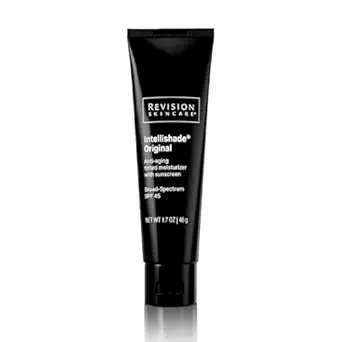
Key takeaways:
• A UV index of 3-5 is generally considered safest for tanning
• UV exposure has both benefits and risks for health
• Proper sun protection is essential even when tanning
• Alternatives like self-tanners can provide a safer glow
What UV index is good for tanning?
The UV index is a standardized measurement of the strength of UV radiation reaching the Earth's surface. For safer tanning, aim for a UV index between 3 and 5[1]. This range allows for some UV exposure to stimulate melanin production without excessive risk of sunburn or skin damage.
It's important to note that the UV index fluctuates throughout the day, typically peaking between 10 am and 4 pm. Using a weather app or website to check the current UV index can help you plan safer tanning sessions.
Understanding UV radiation and its effects
UV radiation is divided into three categories: UVA, UVB, and UVC. While UVC is mostly absorbed by the ozone layer, both UVA and UVB reach the Earth's surface and affect our skin.
• UVA penetrates deeply into the skin, contributing to premature aging and potentially skin cancer
• UVB is primarily responsible for sunburns and plays a key role in tanning
• Both UVA and UVB can damage skin cells' DNA, increasing cancer risk over time
While UV exposure does carry risks, it also offers some health benefits. Sunlight triggers vitamin D production in the skin, which is essential for bone health and may play a role in mood regulation.
Safe tanning practices
To minimize risks while tanning, consider these tips:
- Gradually build up exposure: Start with short sessions and slowly increase duration
- Use broad-spectrum sunscreen: Apply SPF 30 or higher to protect against both UVA and UVB
- Wear protective clothing: Hats, sunglasses, and cover-ups can shield sensitive areas
- Stay hydrated: Drink plenty of water to support skin health
- Know your skin type: Fair-skinned individuals need to be especially cautious
What UV index is good for tanning indoors?
Indoor tanning beds typically emit higher levels of UVA radiation than natural sunlight. While some argue this makes them safer, research indicates that indoor tanning significantly increases skin cancer risk.
If you choose to use tanning beds, follow these guidelines:
• Start with short sessions (no more than 3-5 minutes)
• Wear protective eyewear
• Allow at least 48 hours between sessions
• Never exceed the recommended exposure time
Alternatives to UV tanning
For those seeking a sun-kissed glow without UV exposure, several options exist:
- Self-tanning lotions: These products contain dihydroxyacetone (DHA), which reacts with amino acids in the skin to produce a tanned appearance
- Spray tans: Professional spray tans offer a more even application of self-tanning solution
- Bronzers: Makeup products can provide a temporary tanned look without any skin changes
These alternatives allow you to achieve a tanned appearance without the associated UV risks.
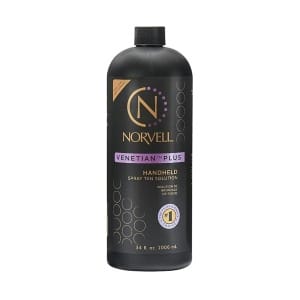
Conclusion
While tanning can enhance appearance and provide some health benefits, it's crucial to approach UV exposure cautiously. Understanding what UV index is good for tanning and following safe practices can help minimize risks while still enjoying some sun.
Remember, there's no such thing as a completely "safe" tan – any change in skin color indicates some level of damage. Prioritize skin health by using sun protection, limiting exposure, and considering UV-free alternatives when possible 🌞😎
For more information on skin health and longevity, explore our other articles or consult with a dermatologist for personalized advice.
References:
- Skorcha. (2024). What UV index is Best for Tanning. https://skorcha.com/blogs/suncare/what-uv-index-is-best-for-tanning/
- Sivamani, R. K., et al. (2009). The benefits and risks of ultraviolet (UV) tanning and its alternatives. National Institutes of Health. https://www.ncbi.nlm.nih.gov/pmc/articles/PMC2692214/
- Mayo Clinic. (2010). Ultraviolet light offers benefits for some skin conditions. https://newsnetwork.mayoclinic.org/discussion/ultraviolet-light-offers-benefits-for-some-skin-conditions/
- European Commission. (2015). Ultraviolet exposure from indoor tanning devices: a systematic review. https://ec.europa.eu/health/scientific_committees/scheer/docs/sunbeds_co85_en.pdf
- Aventus Clinic. (2024). Best UV Index For Safe Tanning – Protect Your Skin. https://aventusclinic.com/what-is-the-best-uv-index-for-tanning/


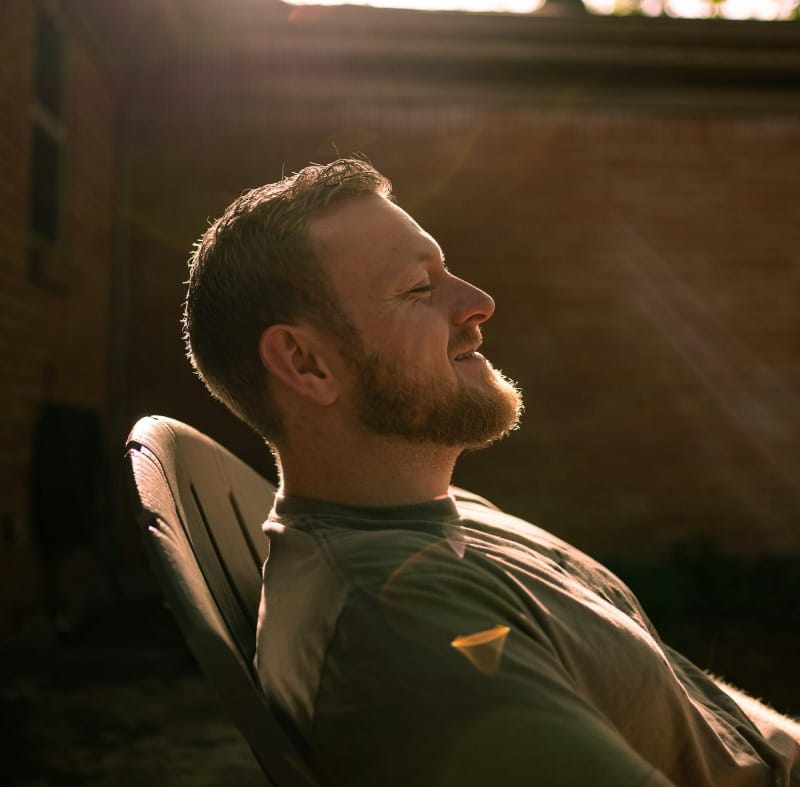






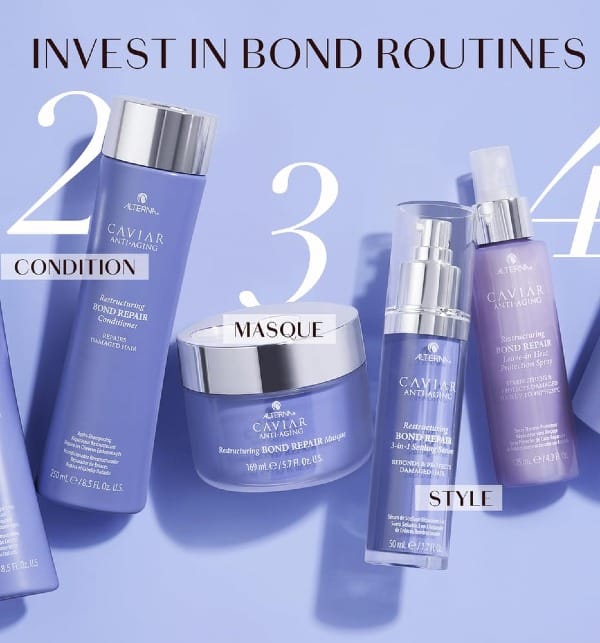
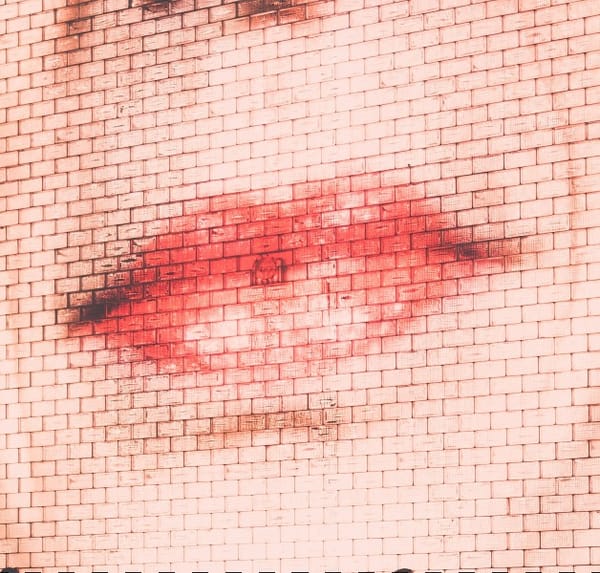


Member discussion